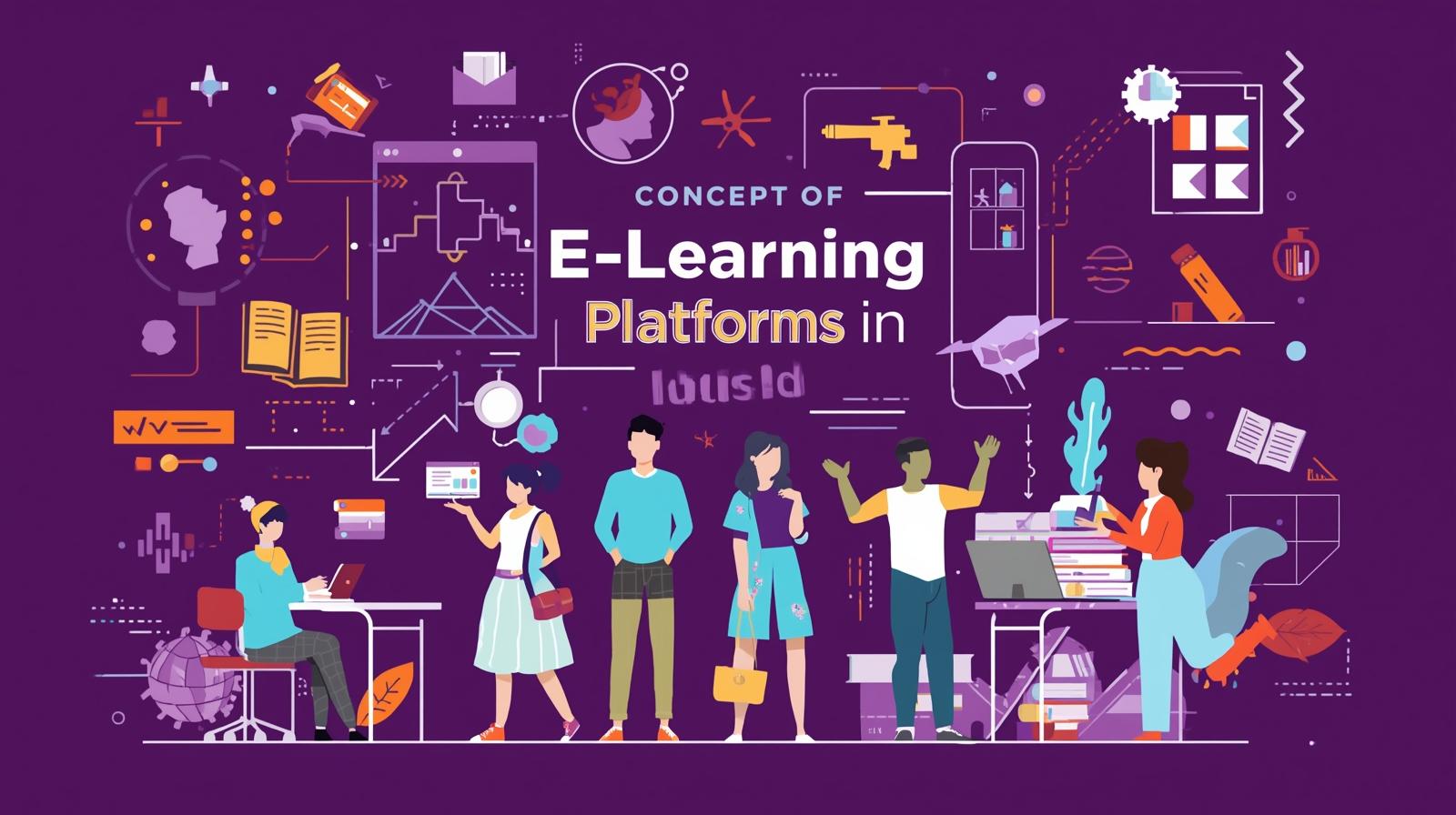Technology continues to evolve, and with it comes new possibilities that reshape industries and daily life. At Nigeria Journal, we explore how the integration of IoT, Edge Computing & Autonomous Tools is shaping the future of innovation. These technologies are not just buzzwords but practical solutions driving efficiency, intelligence, and automation across multiple sectors.
The Internet of Things connects billions of devices, edge computing brings data processing closer to the source, and autonomous tools execute tasks without human intervention. Together, they create a powerful ecosystem where decisions are faster, operations smarter, and opportunities limitless.
Understanding the Internet of Things
The Internet of Things, often abbreviated as IoT, refers to a network of connected devices capable of gathering, sharing, and acting on data. From smart homes and wearable devices to industrial machinery and healthcare equipment, IoT extends connectivity far beyond traditional computers.
Everyday Examples of IoT
- Smart thermostats adjusting temperature automatically
- Fitness trackers monitoring health metrics
- Connected vehicles providing real-time traffic updates
- Industrial sensors ensuring machinery efficiency
Edge Computing: Bringing Power Closer
Edge computing is the process of moving data analysis and storage closer to where data is created. Instead of sending information across long distances to centralized servers, edge computing enables faster decision-making right at the source.
Why Edge Computing Matters
- Reduces latency by processing data locally
- Improves reliability in areas with poor connectivity
- Enhances data security by minimizing transfer points
- Supports real-time decision-making for critical applications
Autonomous Tools: Machines That Think and Act
Autonomous tools are devices or systems that operate with minimal human involvement. They combine sensors, artificial intelligence, and real-time analytics to function independently.
Examples of Autonomous Tools
- Self-driving vehicles navigating busy roads
- Drones inspecting agricultural fields or construction sites
- Robotic systems managing warehouse logistics
- Automated healthcare devices monitoring patients
How IoT, Edge Computing & Autonomous Tools Work Together
When these three technologies converge, they create a seamless cycle of intelligence. IoT devices collect data, edge computing processes it near the source, and autonomous tools act on it in real time.
| Technology | Primary Role | Example Use Case |
| IoT Devices | Data collection & connectivity | Smart sensors in factories |
| Edge Computing | Localized data processing | Real-time traffic monitoring |
| Autonomous Tools | Independent decision-making | Autonomous delivery robots |
Benefits of This Technological Trio
Improved Efficiency
Processes that once required human supervision now run automatically with higher accuracy.
Real-Time Responses
Edge computing ensures immediate actions without delays, which is critical in industries like healthcare and transportation.
Enhanced Data Security
By limiting unnecessary data transfers, sensitive information is better protected.
Cost Reduction
Automation reduces manual labor costs while optimizing resource use.
Scalability and Growth
Businesses can expand operations faster by integrating more devices and autonomous systems.
Challenges Facing Adoption
Security Concerns
As devices multiply, ensuring their protection from cyber threats becomes more complex.
Infrastructure Limitations
Regions with weak connectivity may struggle to fully benefit from edge and IoT systems.
High Implementation Costs
Initial setup can be costly, especially for small enterprises.
Standardization Issues
Lack of universal standards can create compatibility challenges across platforms.
Impact on Industries
Healthcare Innovation
IoT devices track patient vitals, edge computing ensures immediate response, and autonomous systems support surgeries and care delivery.
Transportation and Mobility
From autonomous cars to smart traffic management, the trio reduces congestion and enhances safety.
Agriculture and Food Security
Drones, sensors, and AI-powered tools help farmers monitor crops, conserve resources, and boost productivity.
Manufacturing and Industry
Factories adopt predictive maintenance, automated logistics, and real-time monitoring for seamless operations.
Key Differences Between Centralized and Edge Computing
| Feature | Centralized Computing | Edge Computing |
| Data Processing Speed | Slower due to distance | Faster near source |
| Connectivity Reliance | Requires stable network | Functions with minimal internet |
| Security Risks | Higher risk during transfer | Reduced risk at local level |
| Scalability | Dependent on server capacity | Flexible with device expansion |
Steps to Implement IoT and Edge Systems
Assess Business Needs
Identify areas where automation and real-time processing will add the most value.
Select the Right Devices
Choose IoT sensors and hardware compatible with industry requirements.
Build Edge Infrastructure
Deploy localized servers or gateways that handle processing near data sources.
Integrate Autonomous Tools
Incorporate smart tools that act on processed data without constant human guidance.
Monitor and Upgrade Continuously
Constant evaluation ensures systems remain efficient and secure.
Future of IoT, Edge Computing & Autonomous Tools
The future holds limitless possibilities. Smart cities will thrive on IoT-enabled systems, autonomous vehicles will redefine mobility, and edge computing will ensure lightning-fast data analysis. Together, these technologies promise a world where efficiency and intelligence drive progress.
Common Myths and Misconceptions
It’s Too Complex for Small Businesses
Small and medium enterprises can adopt scalable solutions suited to their size and budget.
Only Tech Giants Benefit
IoT, edge computing, and autonomous tools provide benefits across industries, from healthcare to retail.
It’s a Risky Investment
While adoption requires careful planning, long-term gains far outweigh initial risks.
Frequently Asked Questions
What is the main role of IoT in modern industries?
IoT connects devices to gather and share data, improving efficiency, monitoring, and automation.
How does edge computing differ from cloud computing?
Edge computing processes data locally, reducing delays and improving reliability compared to distant cloud servers.
Can autonomous tools function without IoT?
While some autonomous systems can work independently, IoT integration enhances their intelligence and connectivity.
Is data security stronger with edge computing?
Yes, since processing happens closer to the source, fewer transfers reduce vulnerability to cyber threats.
Which sectors benefit most from these technologies?
Healthcare, transportation, agriculture, and manufacturing are among the top beneficiaries.
Conclusion
The integration of IoT, Edge Computing & Autonomous Tools represents one of the most transformative shifts in modern technology. At Nigeria Journal, we see this trio as the foundation of a smarter, faster, and more efficient future.
From revolutionizing healthcare and agriculture to reshaping transportation and industry, these innovations promise to create a connected world where possibilities are endless. The journey may involve challenges, but the rewards for adoption are undeniable.








